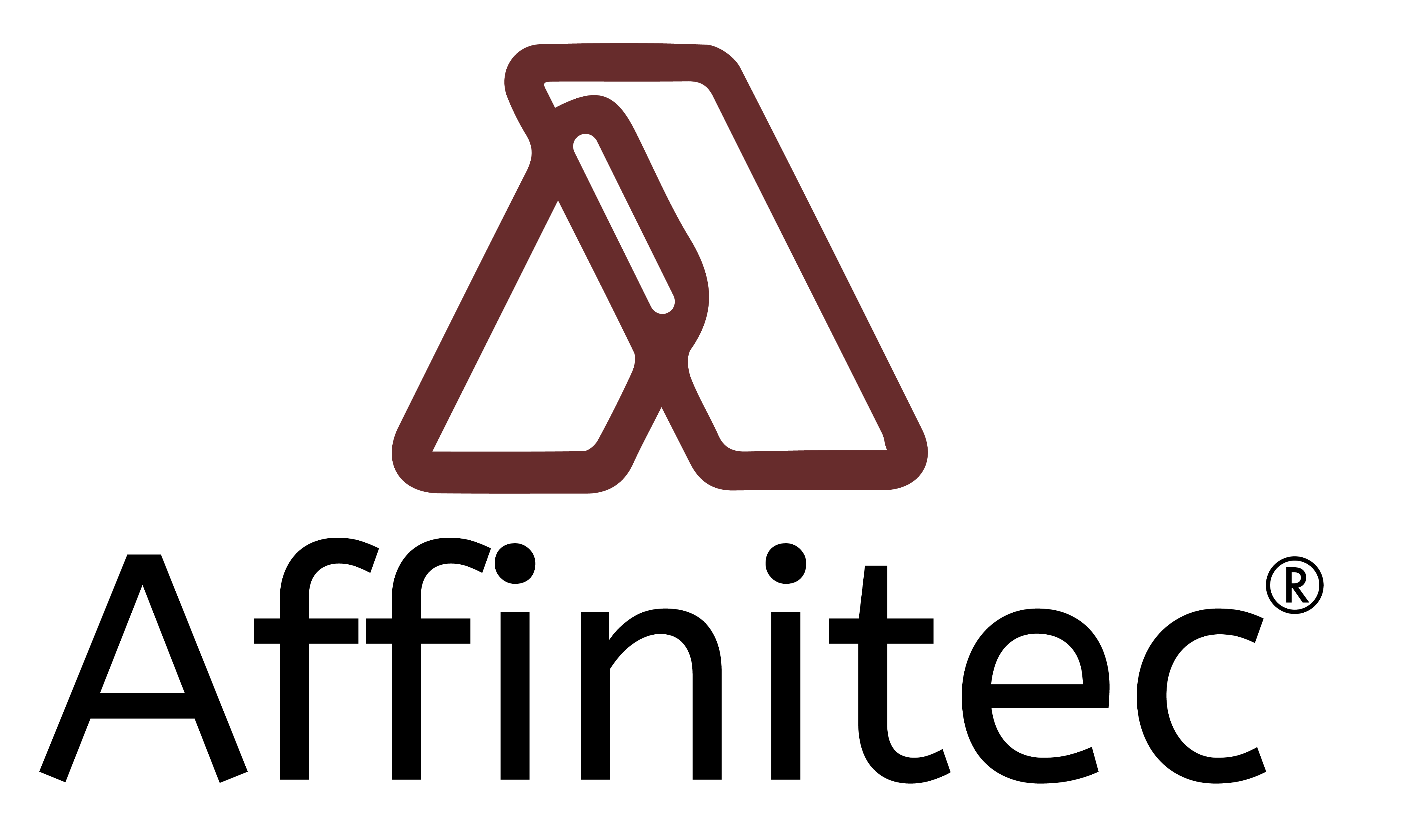What we saw at OFC 2023
We spend 3 days in
San Diego, taking part in the OFC Conference and Exhibition and here we would
like to share what we found interesting and exciting.
The OFC Conference is on of the largest and most important events in the fiber optical industry, with more than 11.000 visitors and +500 exhibitors and contributors. Of course, we can’t cover everything, but here we will try to share what we found most interesting.
Broadband
As XGS-PON is becoming the preferred technology for fiber to the home deployments, the discussion of the next generation is already brewing. We still see P2P being deployed in the field, since this technology can enable providers to offer gigabit services to customers, which is still sufficient for a lot of users. However, PON is the dominating choice, due to it’s benefits such as lower cost and faster deployment.
We will do a deeper dive into the comparison of P2P and PON for FTTH in a later article.
With XGS-PON operators can build FTTH networks using 10G speeds, but with the constant need for increased bandwidth, most operators are already starting to look beyond 10G for broadband applications. 25G PON is already in the pipeline, but at the same time 50G PON is also on the roadmap. Based on what we saw at OFC and the feedback we are getting from the market, it all indicates that a shift such as the one from GPON to XGS-PON will not happen to 25G, but instead to 50G.
Increasing speeds
This years OFC brought lots of news related to high-speed optics. And not only are we seeing developments in the 100G and 400G space, but also new technologies in 800G and launch of 1.6TB pluggables.
Data centers are constantly pushing for higher bandwidths, which has been the primary driver in the market for optics in the 400G and 800G space. Climate change and increased cost of electricity are now pushing the industry to build more efficient optics. This year we saw the release of Linear-drive Pluggable Optics (LPO), which can significantly decrease the power consumption of high-speed pluggable optics, due to the elimination of DSP chip in these optical transceivers.
In the last couple of years we have seen an increasing interest in a solution that can enable clients with passive DWDM solutions to upgrade from 10G per channel to a higher speed such as 100G. So far, 100G channels has only been possible with active solutions. But at this year’s OFC we saw an exciting release from Adtran/ADVA in collaboration with Coherent (former II-VI). They showcased the worlds first coherent 100ZR QSFP28. This new QSFP28 100G Coherent ZR can operate with 100G Wavelengths on the full DWDM C-Band. On top of this, it’s compliant with the 5W QSFP28 specification and it features automated tuning, and it has a reach of 120KM unamplified. What makes this interesting for us, is that it clearly shows that the industry is on a path where it will be possible to continue with the use of passive DWDM systems, but with speeds up to 100G without changing the architecture.
VSFF - Very Small Form Factor connectors
Both Senko (Senko Advanced Components, Inc.) and US Conec (US Conec Ltd.) where showcasing their VSFF category of connectors. Based on two fibers, Senko has their SN® connectors, while US Conec has their MDC connector. They both offer a 3x fiber density compared with the traditional LC-Duplex connector.
In the multi-fiber category, things are a bit different. Senko has the SN-MT connector series which are available in an 8-fiber or 16-fiber variant, which means a 2.7x density compared with 16-fiber MPO. US Conec on the other side presented their MMC connector, which is available in either a 1x16-fiber or 2x12-fiber variant. This enables them to offer a 3x density compared with the well-known MPO format.
Options from both companies has been seen implemented into pluggable transceivers, such as QSFP-DD, but we are yet to see an industry-wide adaptation of these connectors.
However, we see a huge potential for these types of connectors in applications such as fiber management systems and passive installations such as xWDM multiplexers and filters, where we seen increasing demand for higher and higher densities. The challenge now is to choose which ones to go with and here there are several things to consider, such as cost and availability (both short-term and long-term).
We also must note that there is currently a legal dispute between the two major players in this field, that could also impact the whole situation. There is no doubt that we will follow this space closely.
To read more about Senko’s
patent-infringement suit against US Conec, please visit the link below:
https://www.senko.com/senko-files-patent-infringement-suit-against-us-conec/
Final thoughts
No doubt that OFC is a huge event and this year, being the first “full-scale” event since 2019, was no exception. Our overall take from the show is that our constant demand for increasing bandwidths will continue to present new challenges and solutions.
We look forward to start implementing some of these new solutions in our range of products and continue to follow the further developments.

